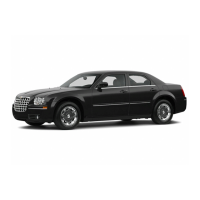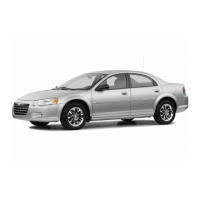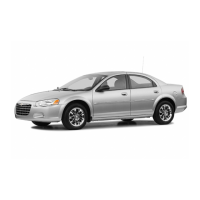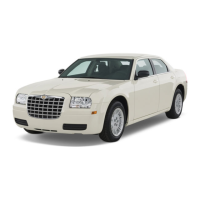SERVICE PROCEDURES
TIRE AND WHEEL BALANCE
This vehicle uses a styled wheel weight (Fig. 9).
This wheel weight is designed to fit the contoured
surface of the wheel (Fig. 9). When balancing, this
wheel weight must be used. Do not use any other
type of wheel weight. It will not properly fit the con-
tour of the wheel.
Balancing need is indicated by vibration of seats,
floor pan, or steering wheel. The vibration will be
noticed mostly when driving over 95 km/h (60 mph)
on a smooth road.
It is recommended that a two plane dynamic bal-
ancer be used when a wheel and tire assembly
require balancing. Static should be used only when a
two plane balancer is not available.
For static imbalance, find location of heavy spot
causing imbalance. Counter balance wheel directly
opposite the heavy spot. Determine weight required
to counterbalance the area of imbalance. Place half of
this weight on the inner rim flange and the other
half on the outer rim flange (Fig. 10) (Fig. 11). Off-
vehicle balancing is necessary.
Wheel balancing can be accomplished with either
on or off vehicle equipment. When using on-vehicle
balancing equipment, remove the opposite wheel/tire.
Fig. 10 Static Unbalance & Balance
1 – HEAVY SPOT
2 – CENTER LINE OF SPINDLE
3 – ADD BALANCE WEIGHTS HERE
4 – CORRECTIVE WEIGHT LOCATION
5 – TIRE OR WHEEL TRAMP, OR WHEEL HOP
Fig. 9 Styled Wheel Weight
1 – TIRE
2 – WHEEL
3 – STYLED WHEEL WEIGHT
LH TIRES AND WHEELS 22 - 11

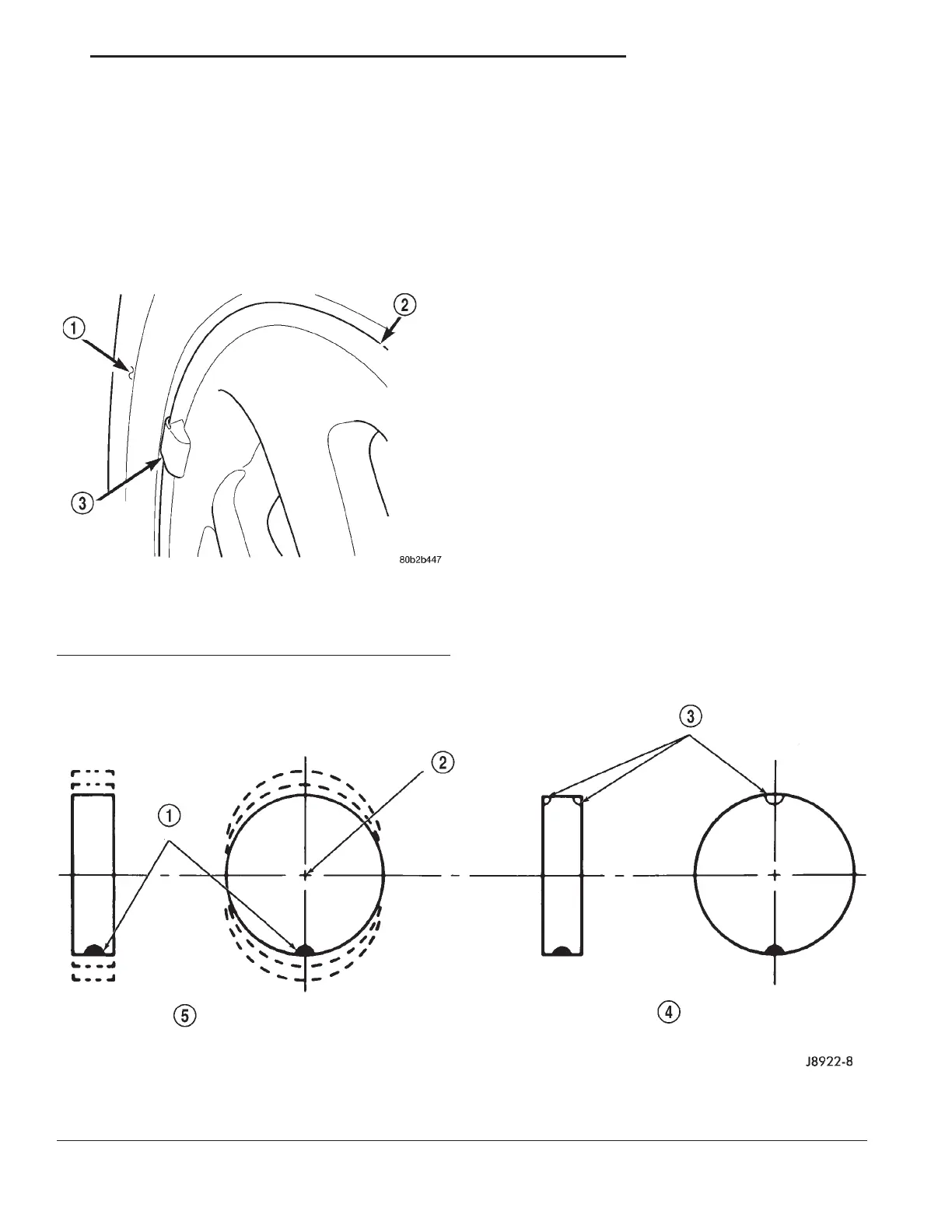